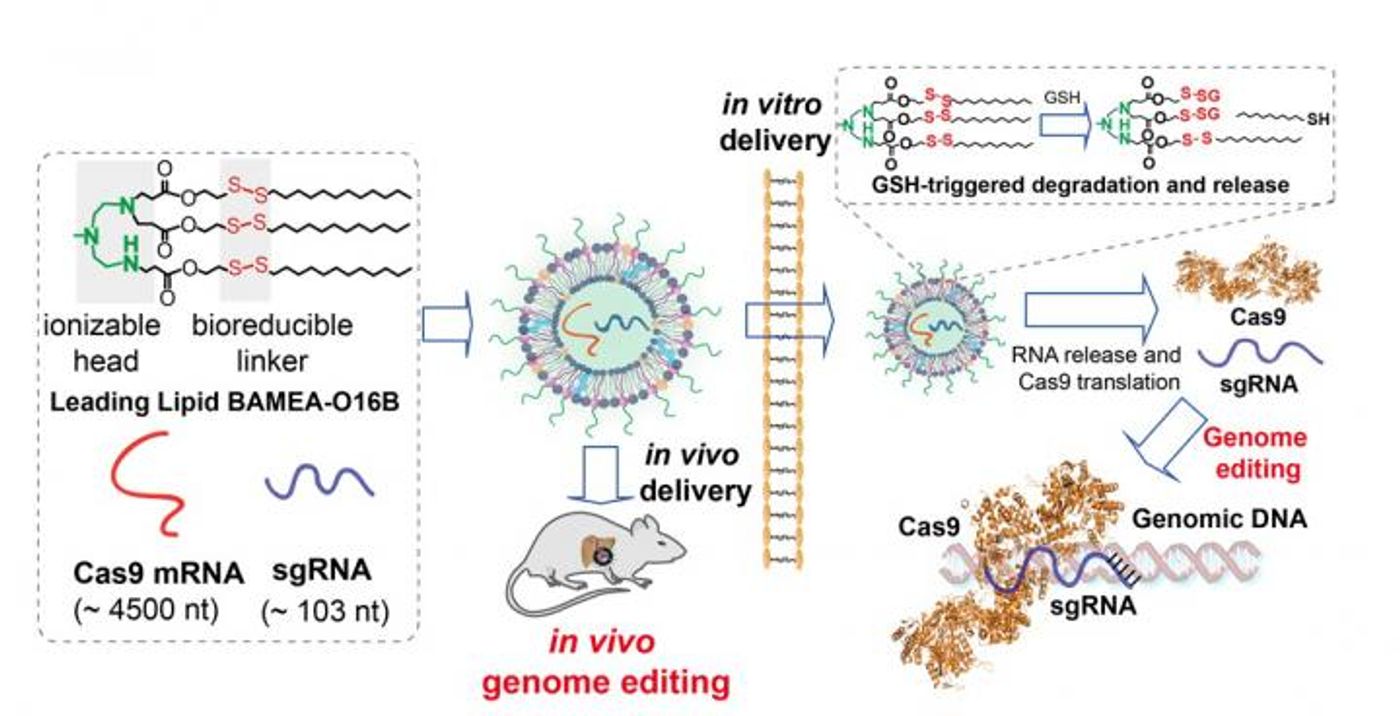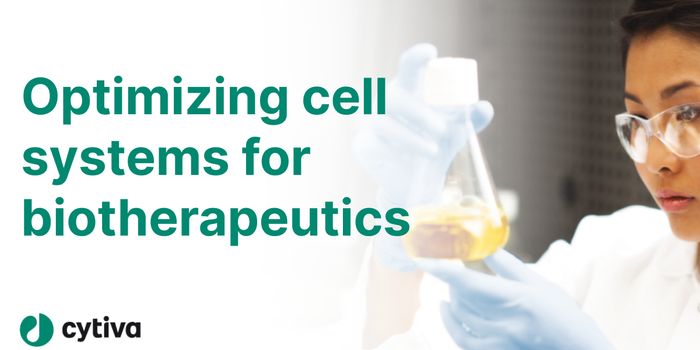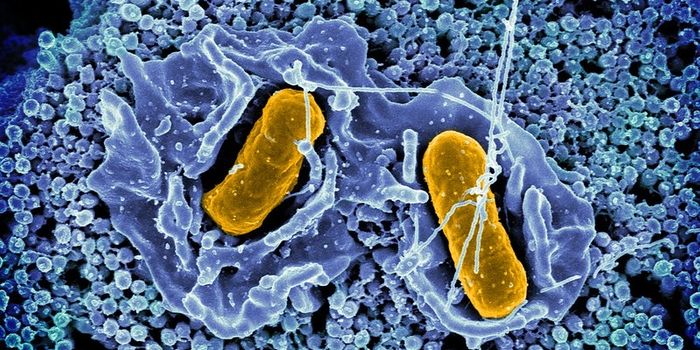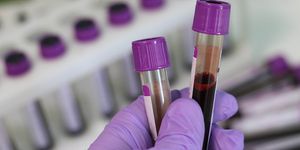Lipid Nanoparticles Improve the Delivery of CRISPR/Cas9 Into Cells
The CRISPR/Cas9 gene-editing tool has revolutionized biomedical research and has tremendous potential for use in the clinic. There are still many challenges that need to be addressed before it’s safe for people, however. A team of scientists from Tufts University and the Chinese Academy of Sciences has now improved the way CRISPR/Cas9 tools are delivered to cells where they’re supposed to make the intended edits. This approach utilizes synthetic and biodegradable lipid nanoparticles, which deliver reagents that make the edits with about 90 percent efficiency. The nanoparticles, reported in Advanced Materials, can help scientists create a tool that is useful in the clinic as a therapeutic.
One problem with CRISPR/Cas9, which is described in the video, is its size. It requires an enzyme called a nuclease that cuts the genome, in this case, it’s Cas9, as well as a specific RNA molecule that can guide the nuclease to the precise point in the genome where the cut should be made. The genome is located in the nucleus of the cell, and the size of the CRISPR/Cas9 tool can prohibit it from entering. Scientists have tried packaging it into viruses, polymers, or other kinds of nanoparticles with limited success.
In this work, the researchers turned to lipid nanoparticles to carry messenger RNA encoding for the Cas9 nuclease, which is translated when it enters a cell, instead of the nuclease itself. The synthetic lipids composing the nanoparticles contain disulfide bonds, which break open when it gets inside of a cell; the contents of the nanoparticles then get rapidly released there.
"We are just starting to see human clinical trials for CRISPR therapies," said Qiaobing Xu, co-corresponding author of the study and associate professor of biomedical engineering at Tufts University. "There are many diseases that have long been intractable for which CRISPR therapies could offer new hope - for example, sickle cell disease, Duchenne muscular dystrophy, Huntington's disease, and even many cancers. Our hope is that this advance will take us another step toward making CRISPR an effective and practical approach to treatment."
The scientists tested their technique with a mouse model. They aimed to lower the levels of a gene encoding for PCSK9. Lower levels of this protein have been linked to a reduction in LDL cholesterol levels, which lowers the risk of cardiovascular disease.
"The lipid nanoparticles are one of the most efficient CRISPR/Cas9 carriers we have seen," said co-corresponding study author Ming Wang, a professor at the Chinese Academy of Sciences, Beijing National Laboratory for Molecular Science. "We can actually knock down PCSK9 expression in mice with 80 percent efficiency in the liver, suggesting a real promise for therapeutic applications."
Sources: AAAS/Eurekalert! via Tufts University, Advanced Materials









